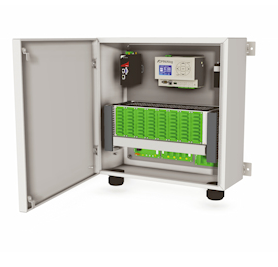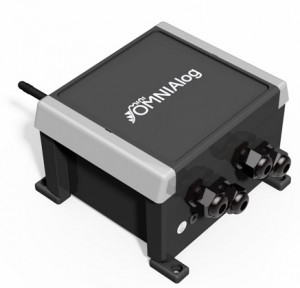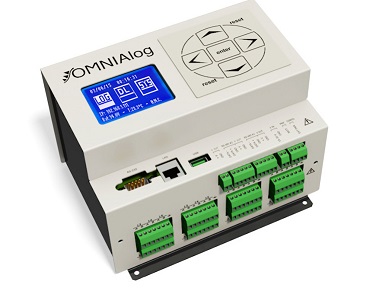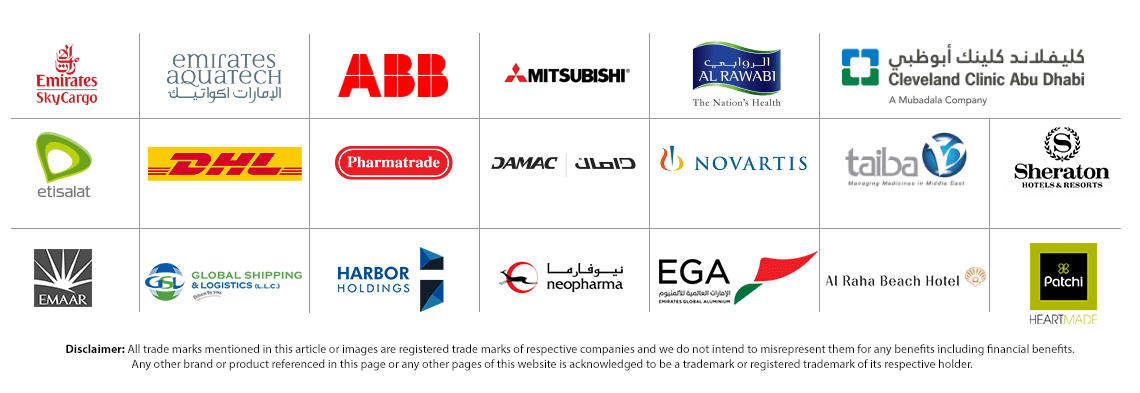Data acquisition is the way toward testing signals that measure true physical conditions and changing over the subsequent samples into computerized numeric qualities that can be controlled by a computer. Data acquisition systems, shortened by the abbreviations DAS or DAQ, commonly convert simple waveforms into digital values for processing. Data Acquisition system or DAQ mainly acquires data from different real-world parameters like temperature, humidity, pressure, etc. DAQ comprises signal conditioning, analogue to digital conversion, processing, and transmission of data. The basic purpose of DAQ is to collect data and record properly for future analysis.
Principle of a Data Acquisition system
A basic DAQ system consists of the following components and functions.
- Sensors (transducers) convert physical quantities into analog signals.
- These signals are processed for next stage by refining the noise.
- The above data is processed to analyze for parameters such as critical levels.
- Storage of the data within the device if such a facility is available.
- Transmission of data to another station or a remote control station.
- A data storage medium either in local hardware or on a cloud-based platform.
How a Data Acquisition System works?
DAQ is usually designed according to the condition to be monitored. They are usually modular system and modules comprise a combination of below-mentioned inputs and outputs:
a. Analog inputs:
We can use analogue inputs to measure sensors with different output ranges and form the most significant part of the system. Analog inputs are available in different interfaces like 0- 10V, 0-5V, 0-20mA, 4-20mA, etc. According to the range and accuracy of acquisition, we can select the required interface. As an example temperature, moisture, pressure, vibration can be connected to these inputs.
10V, 0-5V, 0-20mA, 4-20mA, etc. According to the range and accuracy of acquisition, we can select the required interface. As an example temperature, moisture, pressure, vibration can be connected to these inputs.
b. Analog outputs:
We can use analogue outputs to attain a specific voltage required for performing specific actions. We can program the required output action based on the input value of readings. This is especially required for variable control according to the input parameters. For example, we can maintain a differential pressure in a room by variably changing the speed of AHU according to the pressure attained inside the room. The analogue output will control the AHU using variable analogue output thus controlling the critical parameters.
c. Digital Inputs (DI):
We can use digital Inputs to find the device status whether the device is turned ON or OFF by  checking the status of this input. Also, we can use these inputs as a counter to count the number of times a contact has switched over. For example, door contact connected to digital input permits us to count the number of people opened the door and entered the premises.
checking the status of this input. Also, we can use these inputs as a counter to count the number of times a contact has switched over. For example, door contact connected to digital input permits us to count the number of people opened the door and entered the premises.
d. Digital Outputs (DO):
We can use digital outputs to control or switch outputs, according to the sensor inputs. For example, if the temperature goes high, the system can be programmed in such a way that the A/C gets turned ON. Digital outputs can produce ON-OFF cycles for any device which are connected to this system.
Different types of Data Acquisition DAQ
The following are different types of common DAQ systems.
a. PC based Data Acquisition
Data collected from different sensors can be stored in a central server periodically through local LAN or radio-based network like Wi-Fi, GPRS. All the data can be interpreted in the server using the software. The advantage of the system is that a user can access the data from anywhere in the world
b. Cloud-based data acquisition
Data collected from different sensors can be stored in a cloud server (web storage). All data from the sensors are pushed into the cloud server using FTP at periodic intervals. A cloud platform can be used to interpret the data online and give remote access to control the different parameters.
c. USB Data Acquisition System (USB DAQ)
Most of the DAQ has a USB port for downloading the data. If you don’t have networking connectivity, you can use the USB function. The data is stored in the device itself. You can download the data periodically to a USB drive.
Applications of DAQ
Few types of applications of a Data Aquisition System are explained below.
a. Research, quality control and Data analytics:
DAQs are used for research and analysis purposes in terms of performance evaluation. Companies are using them to do research on the quality, reliability of products by logging the performance of the product at different temperatures.
b. Remote Asset control and monitoring:
Machine rooms located in a remote area can be monitored using the DAQ system. Parameters like voltage, current, temperature, humidity, power failure, water leakage, toxic gas leaks can be recorded as data and can be pushed into a central server using GPRS which can be accessed online from any location, hence controlling the site remotely.
c. Environment monitoring DAQ :
For weather monitoring, various data such as temperature, humidity, precipitation, wind speed, etc. need to be monitored and recorded. These can be done in a Data Acquisition system.
d. Vehicle Performance Testing DAQ:
For testing of motor vehicles, the manufacturers test various parameters such as vibration, speed, variation in temperature, pressure, etc. A DAQ can connect various sensors for measuring and recording these parameters.
Vacker supplies all kinds of Data Acquisition systems throughout the Middle East and African countries.
![]()
In the Middle East, we serve the United Arab Emirates, Kingdom of Saudi Arabia, Oman, Qatar, Bahrain, Iraq, Lebanon, Egypt, Jordan, Libya, Tunisia, etc.
In Africa, we serve countries including Kenya, Algeria, Tanzania, Djibouti, Chad, Ghana, Rwanda, Uganda, Nigeria, Ethiopia, Morocco, Angola, South Africa, etc.
Also, we supply to India, Bangladesh, Pakistan, Afghanistan, Kazakhstan, Srilanka, Maldives, and Cyprus.


